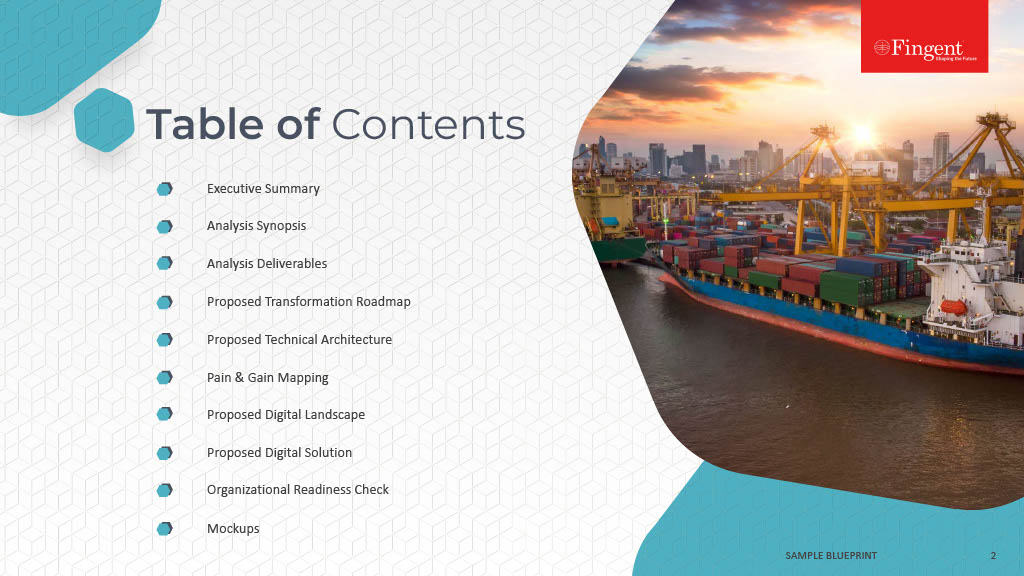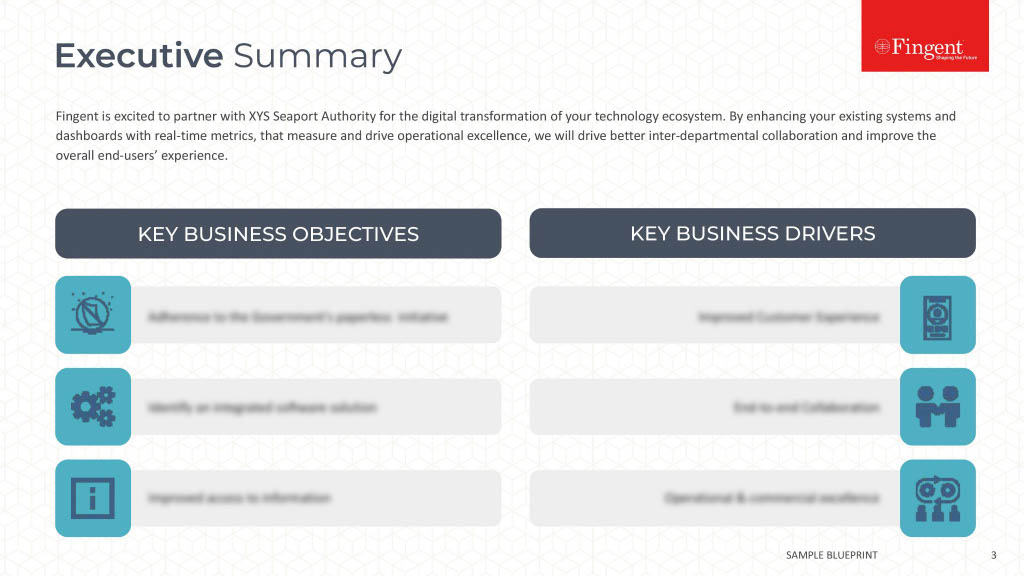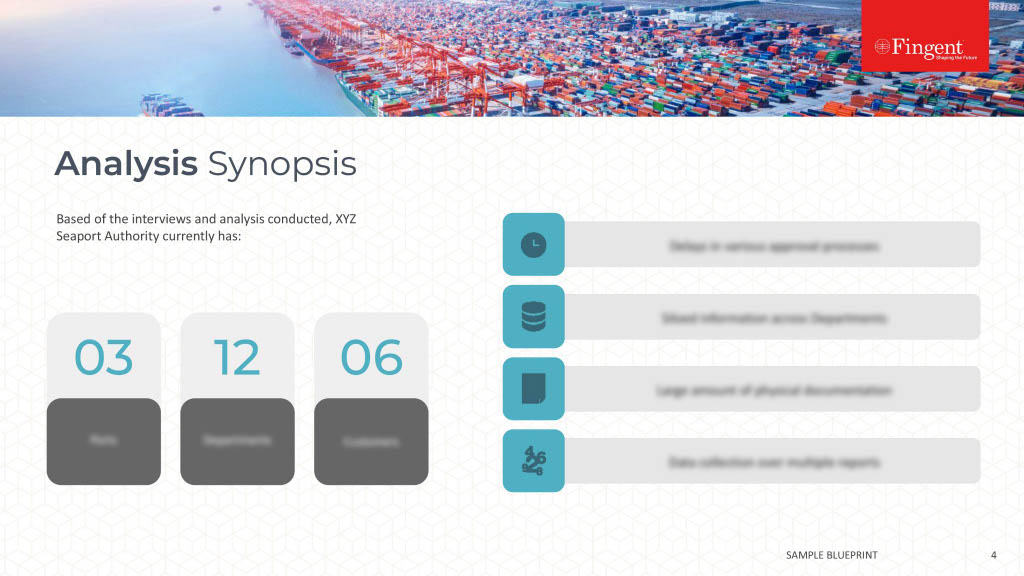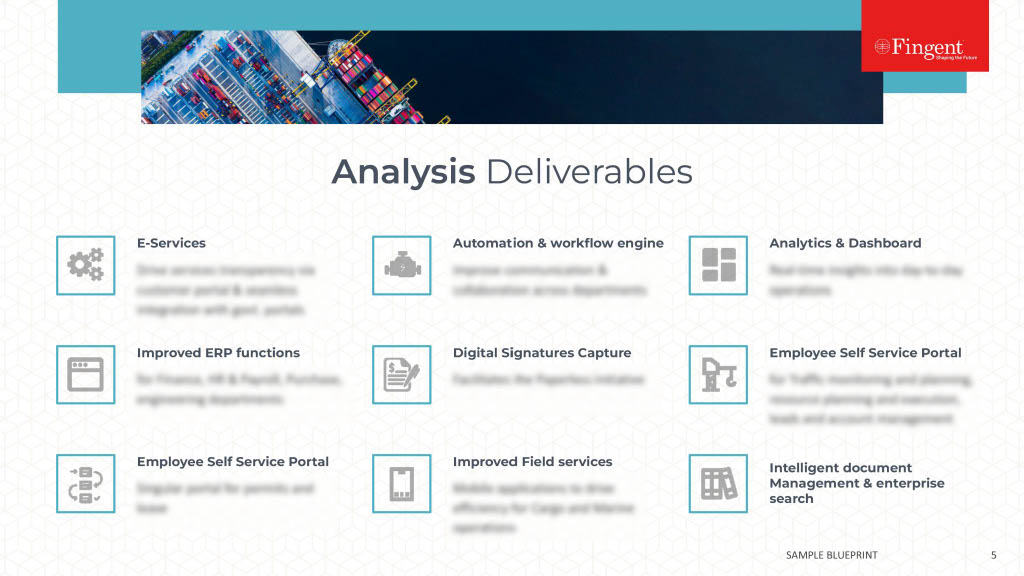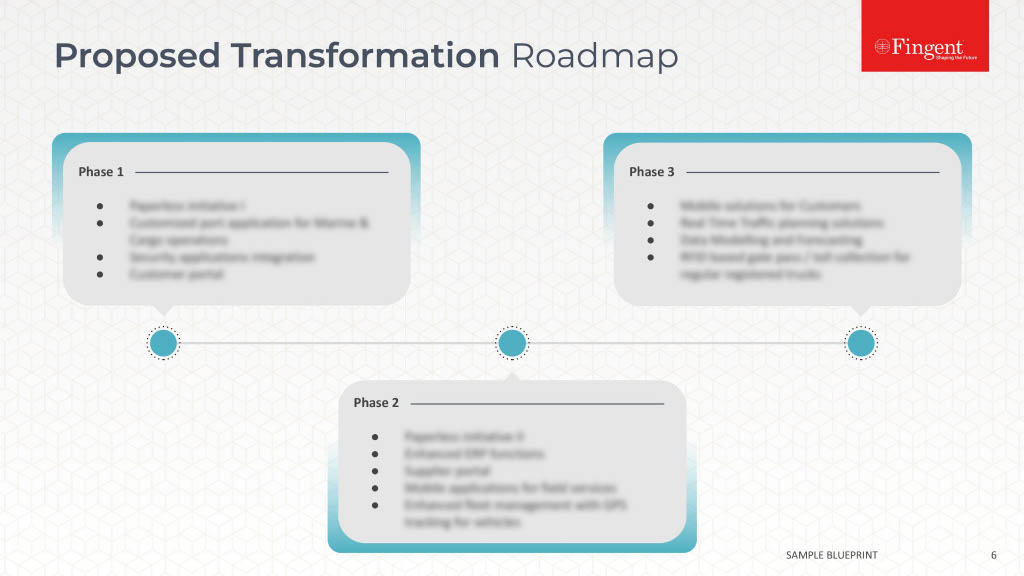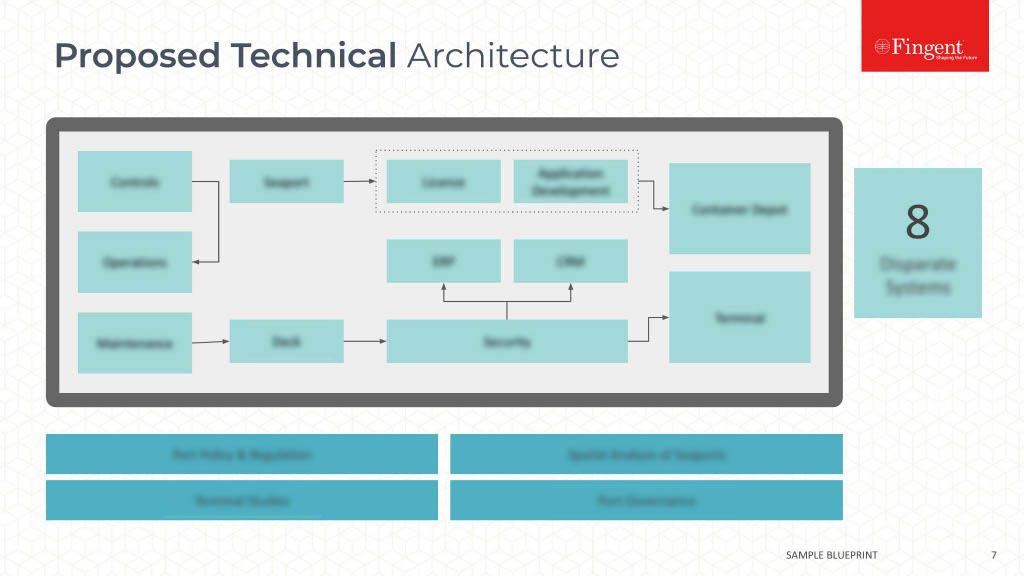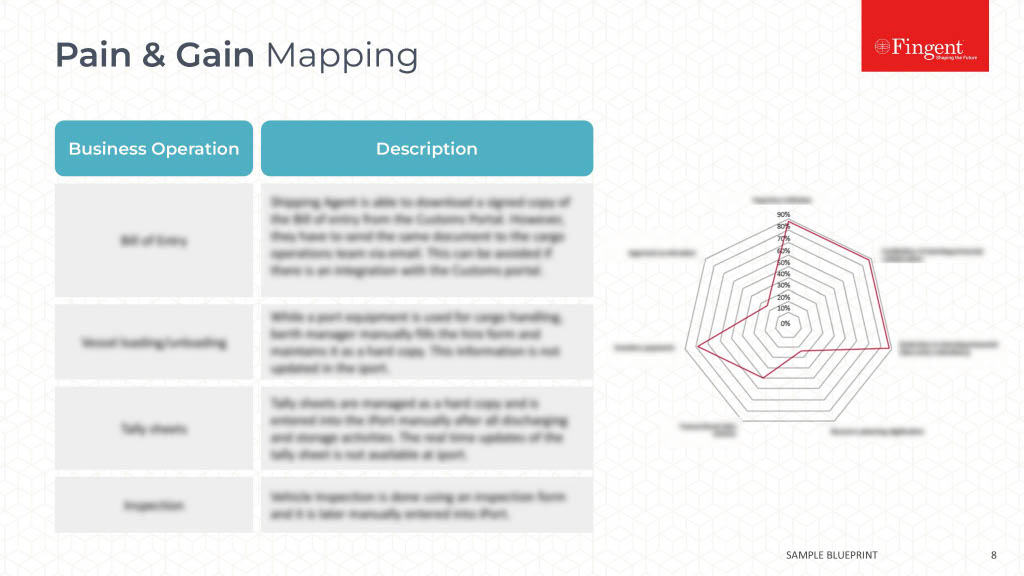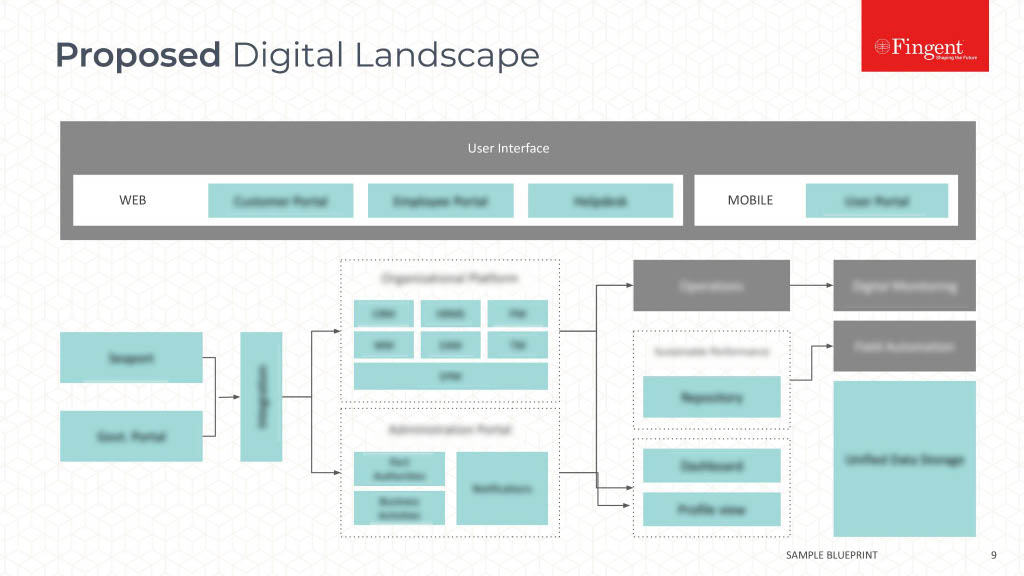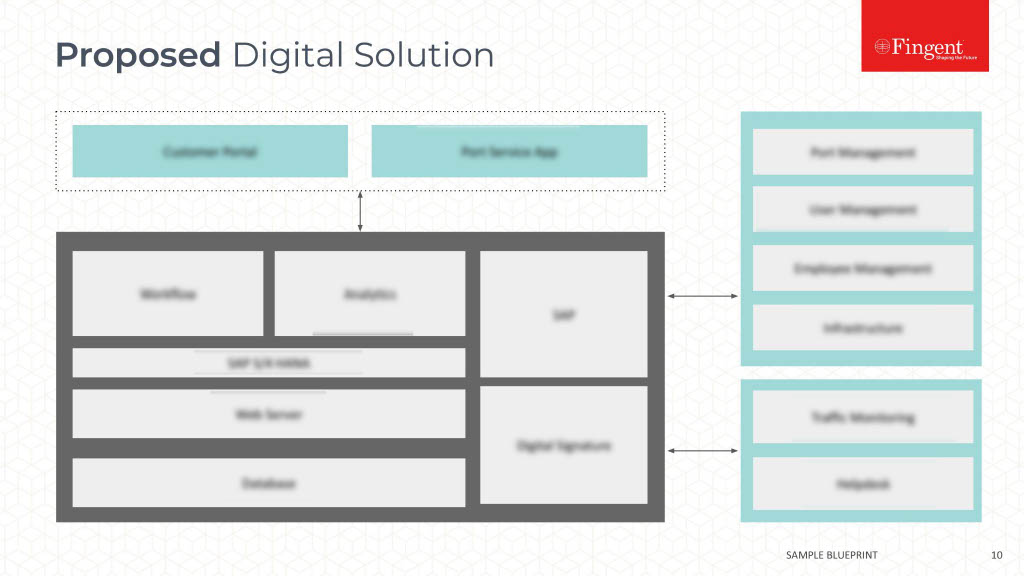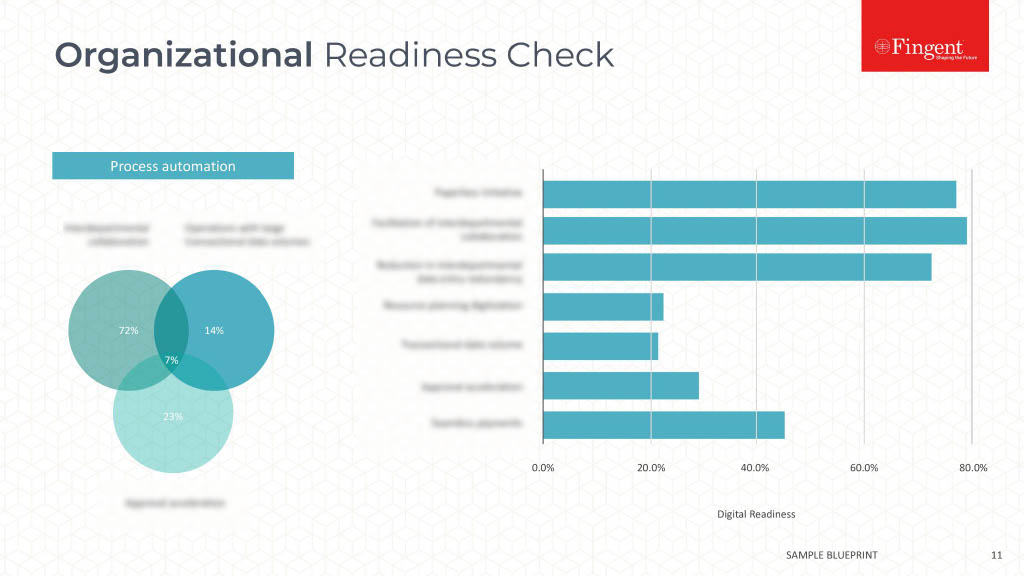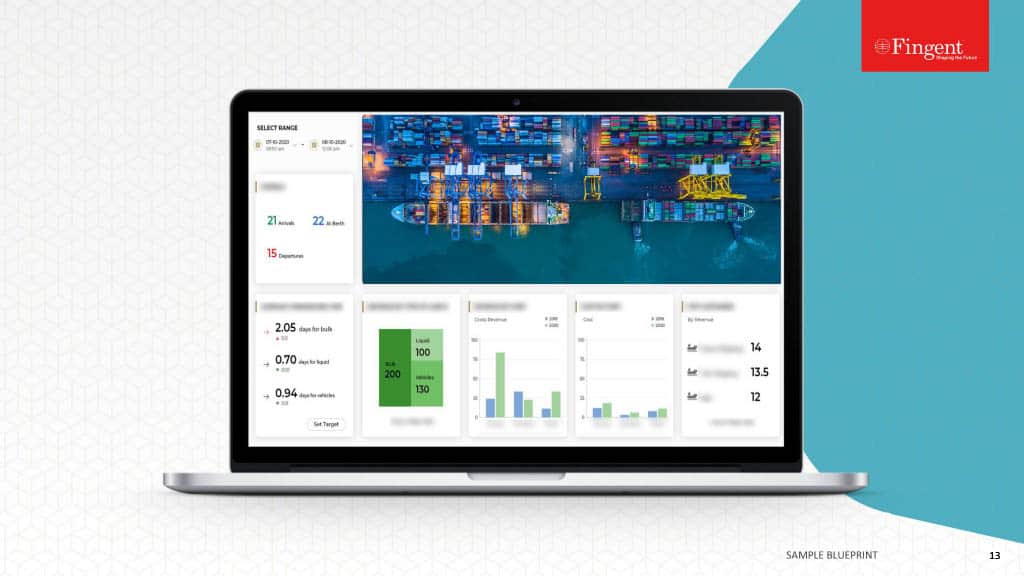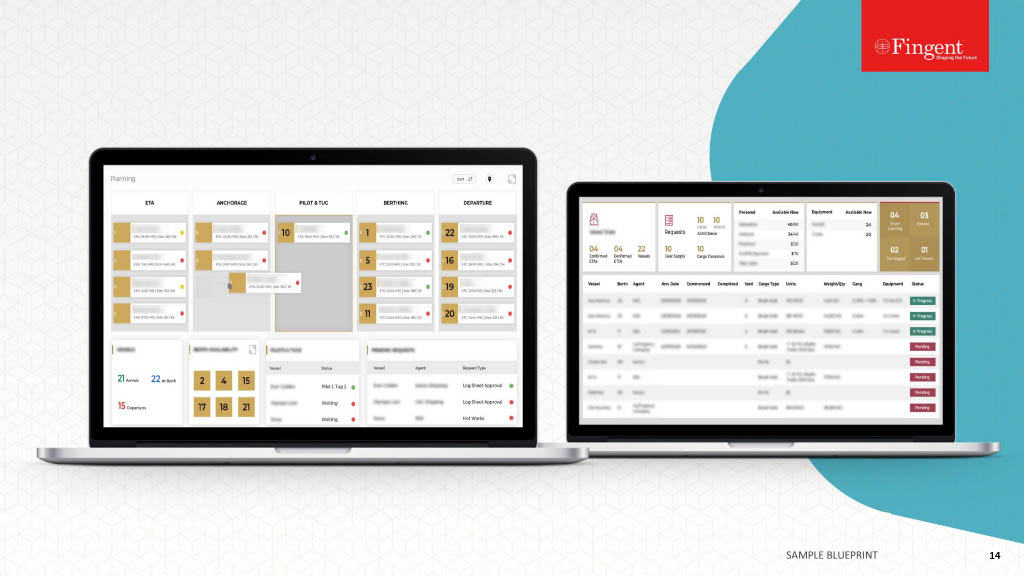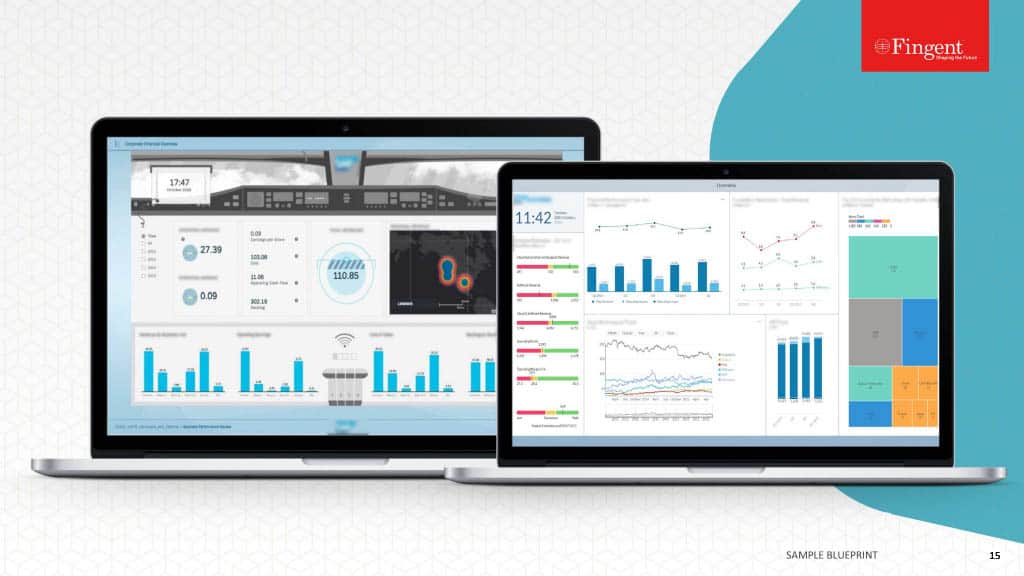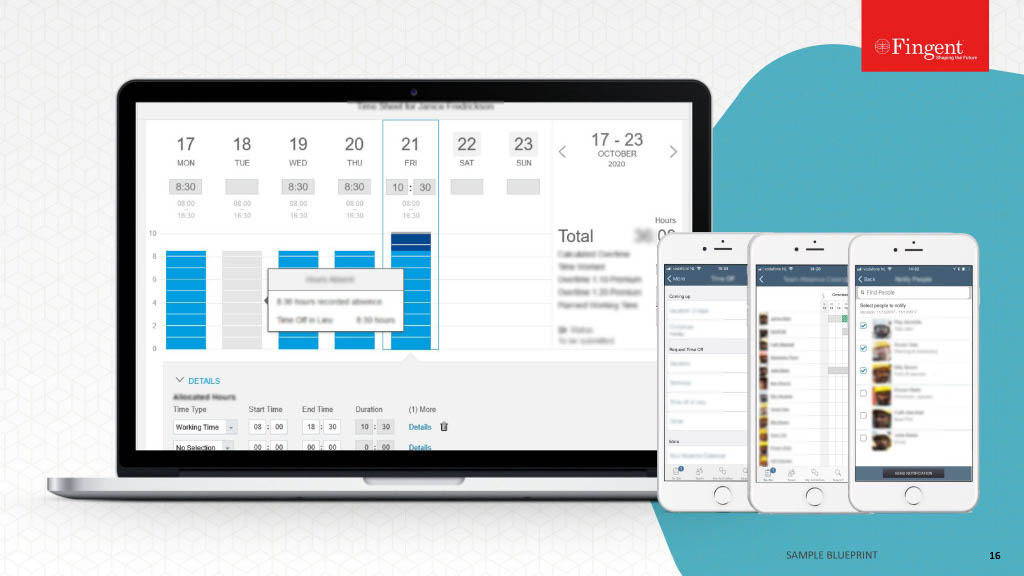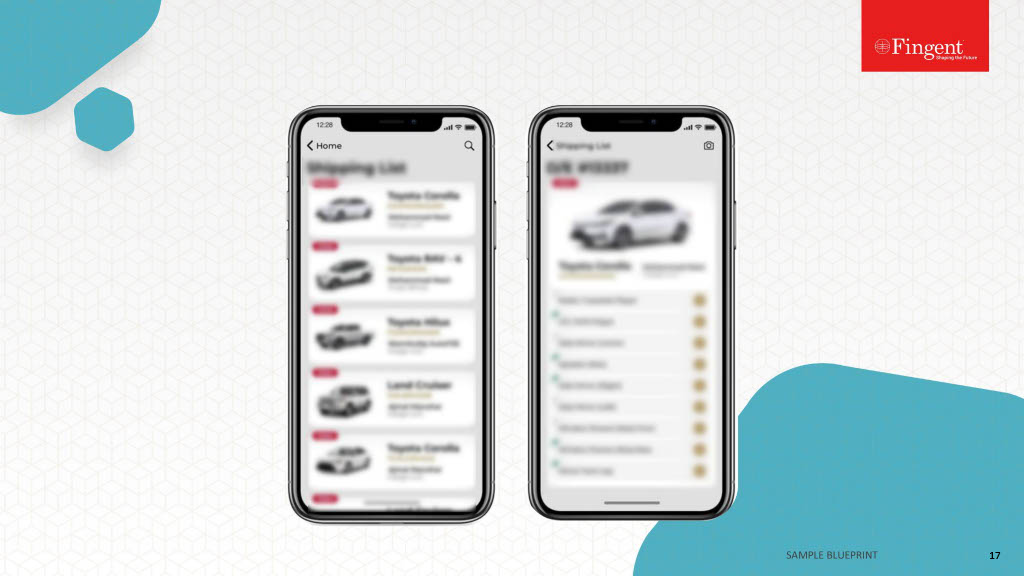Latest Technologies
Our iOS development team works with Swift, JSON, Web Services, and other trending technologies.

Year of Establishment

of Customers Worldwide

Customer Rating
Feature-rich iOS mobile applications to suit your business needs

Our iOS development team works with Swift, JSON, Web Services, and other trending technologies.

Being the leading iOS app development company, we leverage the best of tools such as Xcode, Core Data, Git, and more to deliver customized features.

Streamlined business environments, flexibility to perform critical tasks with ease, work done effectively and efficiently.

With our top-notch iOS app development services, our technical competence across various domains and skill sets help businesses across industries engage their customers better.




Consistent high-quality results with a robust agile team and a dedicated QA practice
Highly cost-effective and best-of-breed solution with no last minute surprises
Transparent project management with maximum adherence to deadlines
The entire engagement was completely transparent and very systematic. It’s been an exceptional working experience.
Their team is completely committed to our success as a client, and they do that with their dynamic team.
They’ve also been great at meeting the needs of our timeframe versus theirs.
They go above and beyond what the typical developer interaction would be.
They were highly responsive to our needs.
We found their project management solid.
Reviews from engineers testify that their code was consistently solid and comprehensively documented.
I have been very pleased with Fingent Corporation’s user experience and design capabilities.
Fingent’s project team demonstrated passion and commitment throughout the dev cycle and it was very evident in their work.
They’re an honest company to deal with … they were always fair and reasonable.
To get started with iOS development, first, you need to have a Mac with 2.3GHz dual-core Intel Core i5 processor and 4GB of memory. The Mac OS should support versions beyond 10. The next step is to register in Apple’s developer site and create an Apple ID by filling in your personal details.
The next step is to install the latest version of Xcode, an integrated development environment (IDE), provided by Apple. This ensures you use the most recent version of Swift and avoids issues with code signing and App store downloads. The latest version of Xcode also makes it necessary to use the current version of OSX, so your hardware will need to be supported. A large external display would also help you view your app window, debugger, and instruments at the same time.
There are two languages used for iOS app development – Objective-C and Swift.
Objective-C is based on the programming language C and offers dynamic typing, categories, expressive message syntax and more for niche development. But this language is getting outdated and has given way to Swift, which was launched by Apple in 2014. Swift adopts safe patterns for programming and provides several features for flexibility and ease of programming. It eliminates the complicated syntax and technical phrasing in Objective-C, making it simpler to use for beginners. Swift is currently being envisioned as the future of iOS app development.
There are a lot of popular IDEs available for iPhone app development, including XCode, AppCode, and CodeRunner. The best one is XCode due to its innumerable features such as quick access, version comparison, coding assistant and code filters, split window view, user interface prototyping, schemes management and more.
Appcode is the smart IDE for macOS and iOS development that facilitates fast execution of code and project navigation, and conjointly performs 60 code inspections.
Atom IDE provides a customizable environment, and facilitates easy installation of packages. It has many features that support atom hacking to make it run on UNIX.
Sublime text 3 is a smart text editor with an incredible built-in structure, slick programming environment, plugins, snippets, and beyond.
CodeRunner 2 is a highly flexible, versatile, and easy to use programming editor for Mac that comes with features such as TextMate theme support, Automatic indentation support, Interactive console, and beyond.
IDEs fall into three general categories – cloud-based, SaaS, and installing on the server type. The type of IDE used depends on the budget, the kind of programming language, and beyond.
The tools used for iOS application development can be categorized into editors and IDEs, Documentation, Debugging, Backend Services, Design, Revision Control, Language Resources, Libraries, Plugins, and more.
Yes, iphone apps can be developed in Python using two platforms – PyMob and Kivy.
Using PyMob, developers can create Python-based mobile apps and convert them into native source code for iOS and Android. The generated source code can be optimized and modified within the platform. The platform also supports mixed mode development where apps can be developed in both Python and platform native language.
Kivy is an open-source Python library with an intuitive user interface, and runs on all popular platforms such as Android, iOS, Linux, Windows, and OS X. However, it is suited for small apps or game apps, and not extensive apps.
The development of iPhone apps using these platforms is limited due to dependency on tools, slow code execution, poor graphics and 3D support, and more. It is easier and simpler to write apps in other programming languages, such as Swift and Objective-C.
Years of Partnership:
Extended Team Size:
Years of Partnership:
Extended Team Size:
Years of Partnership:
Extended Team Size:
Years of Partnership:
Extended Team Size:
Years of Partnership:
Extended Team Size:
Years of Partnership:
Extended Team Size:
Contact Us
Sample Blueprint
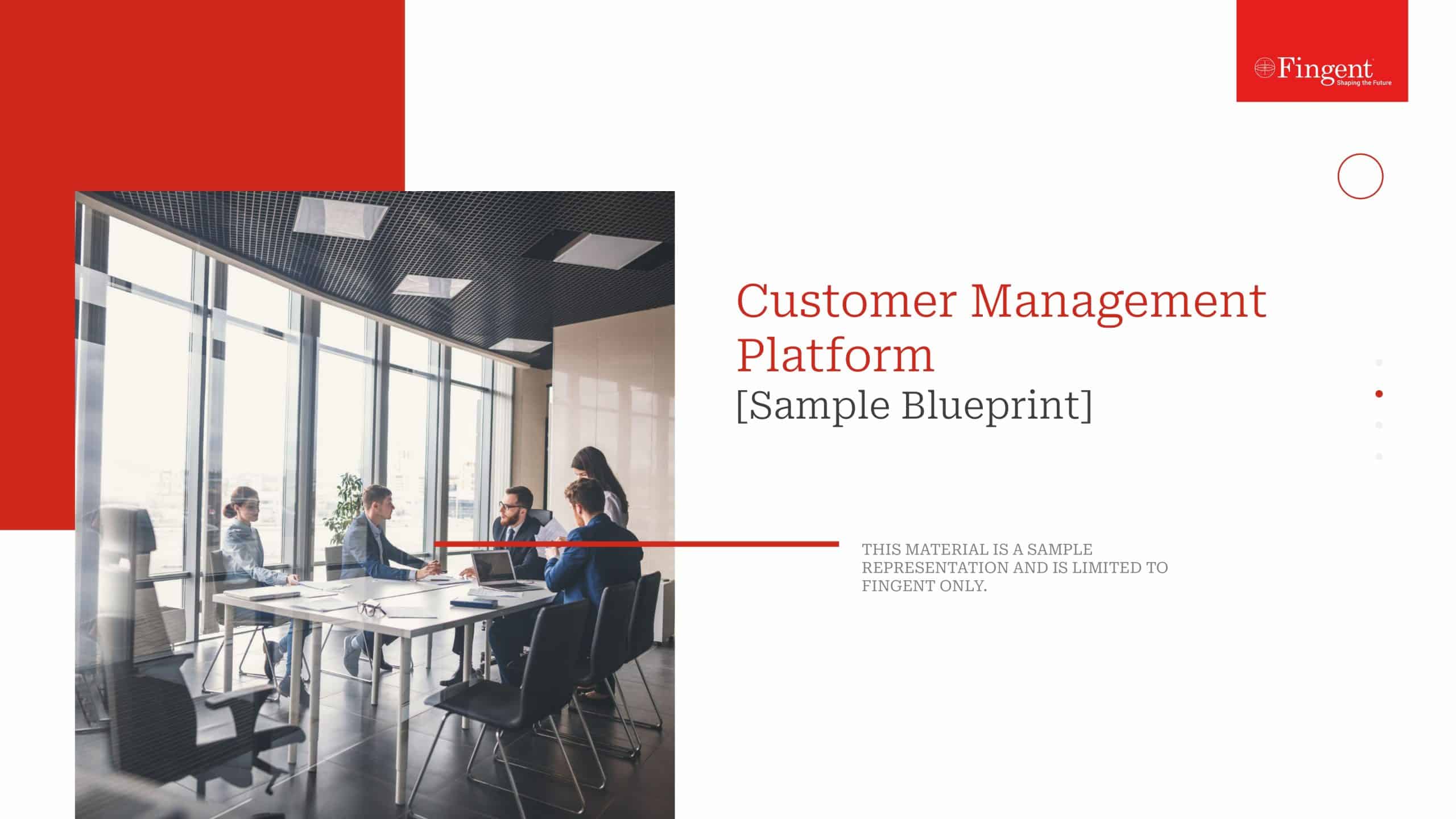
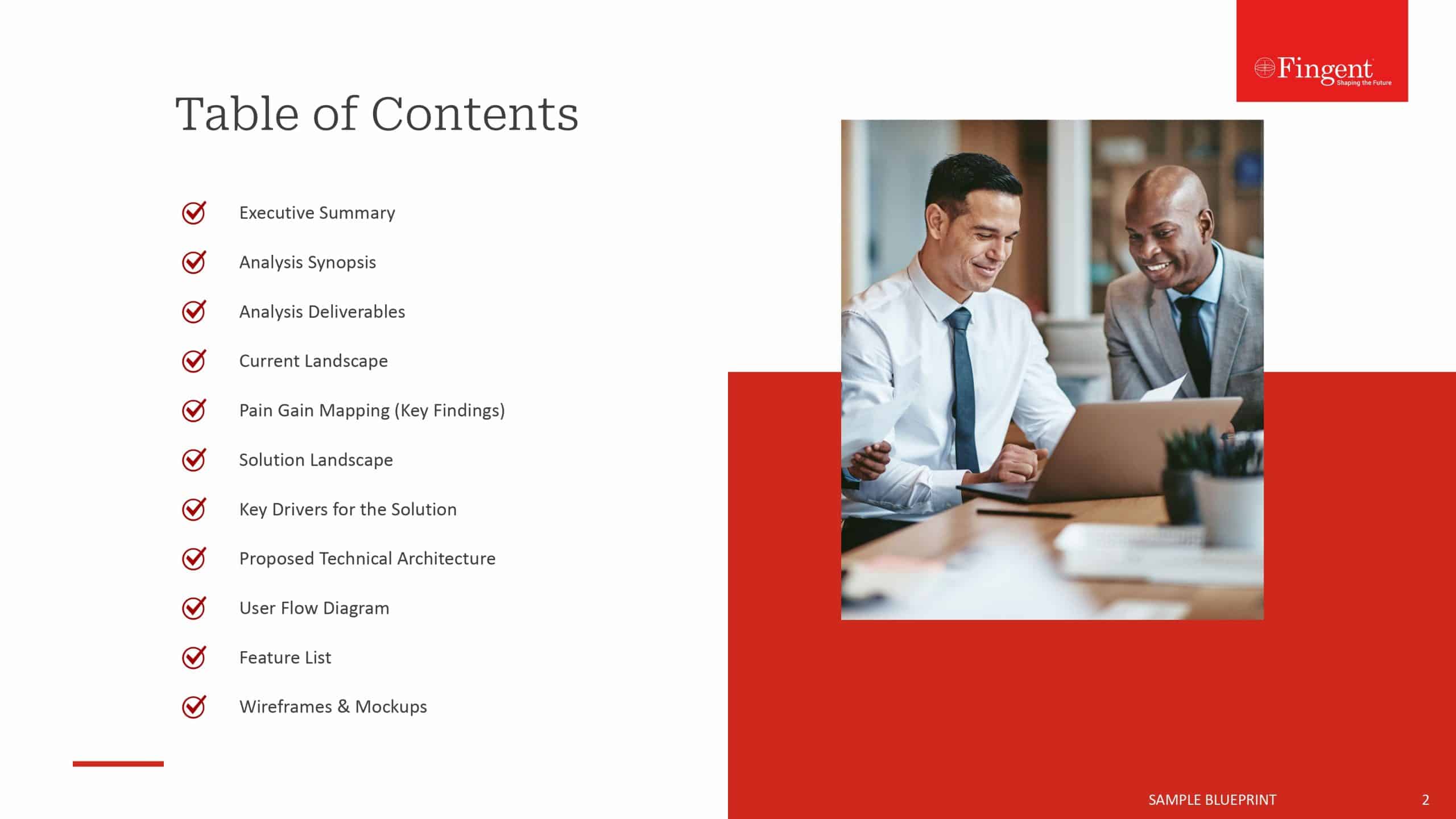
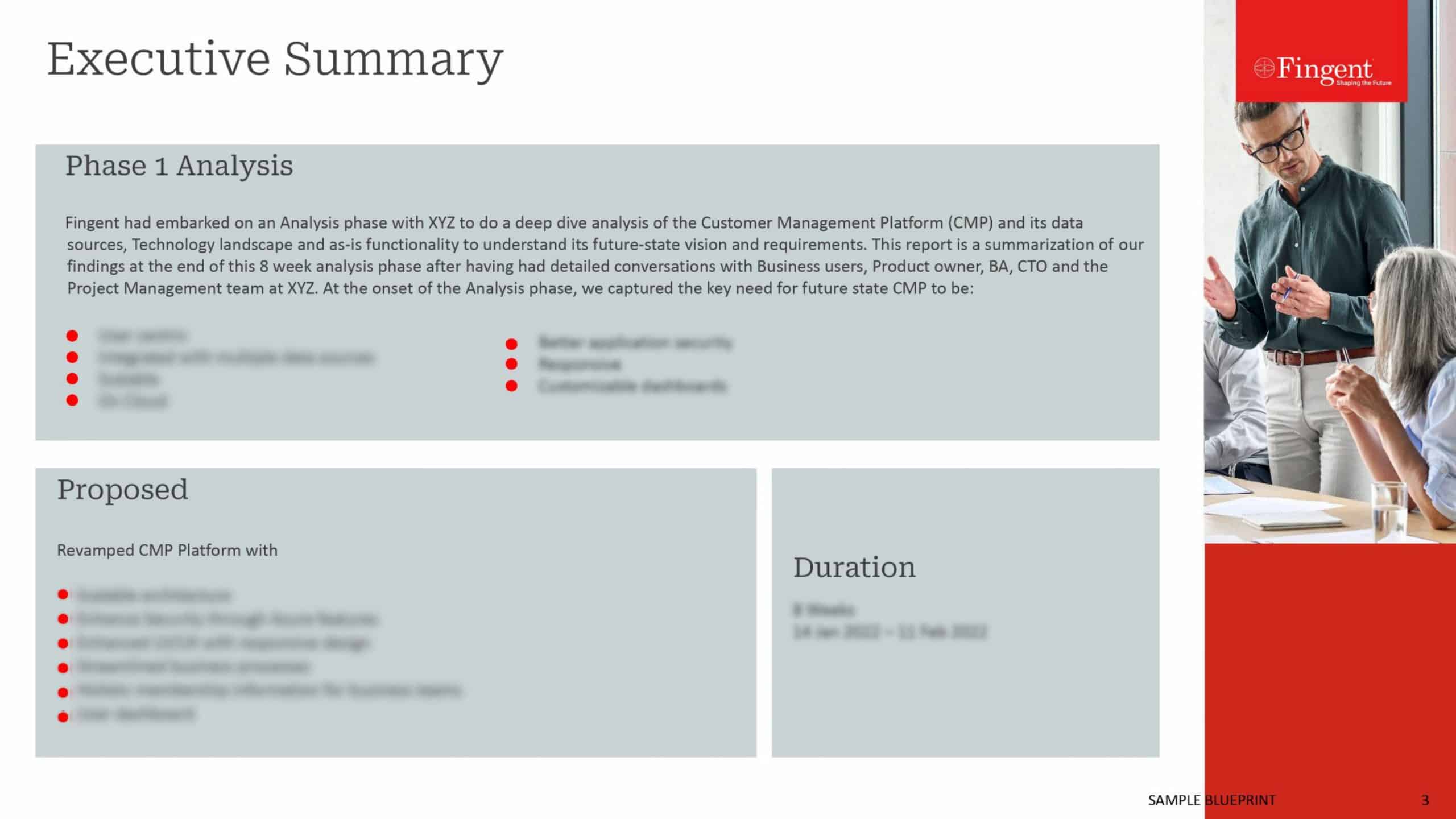
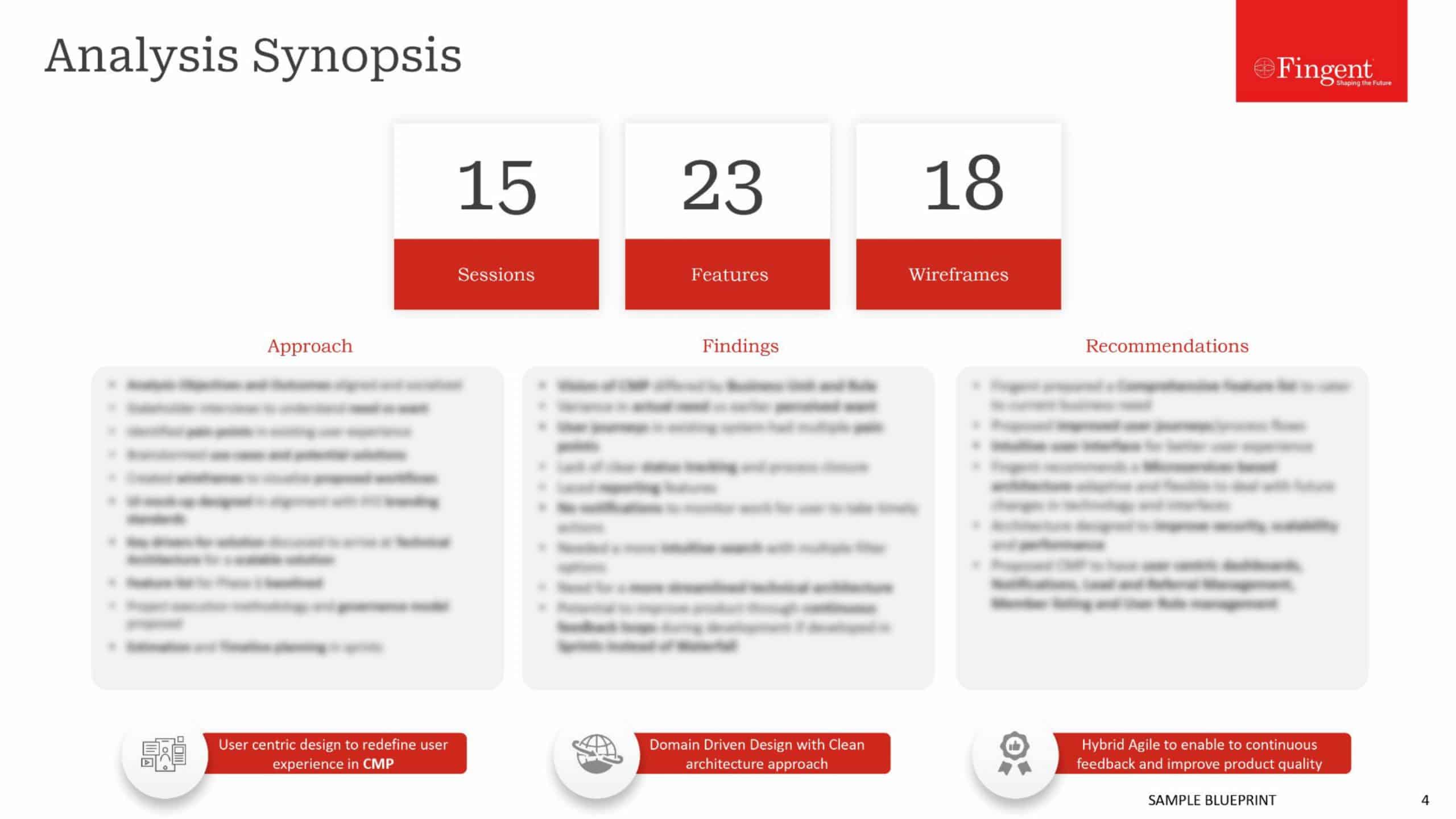
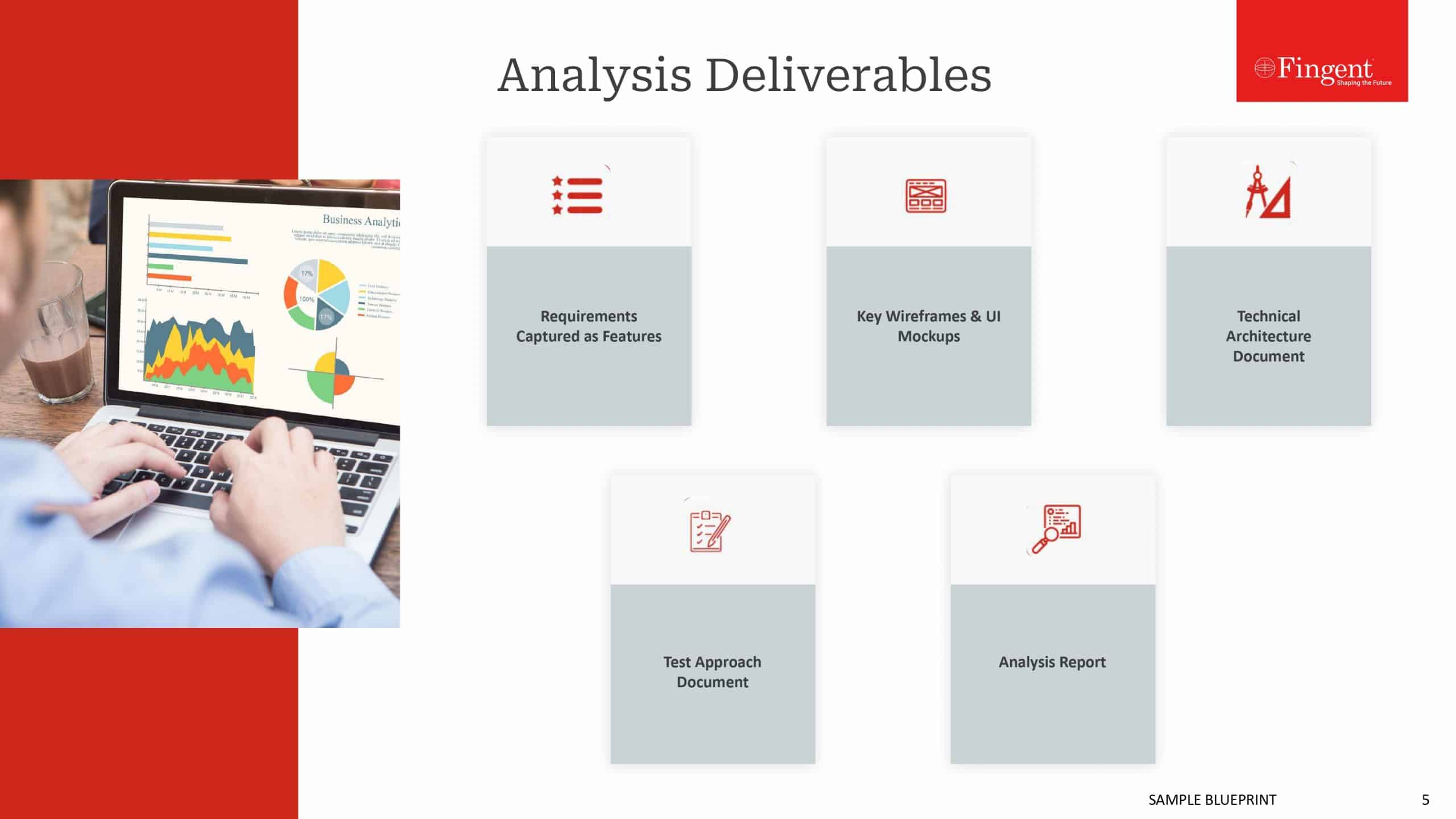
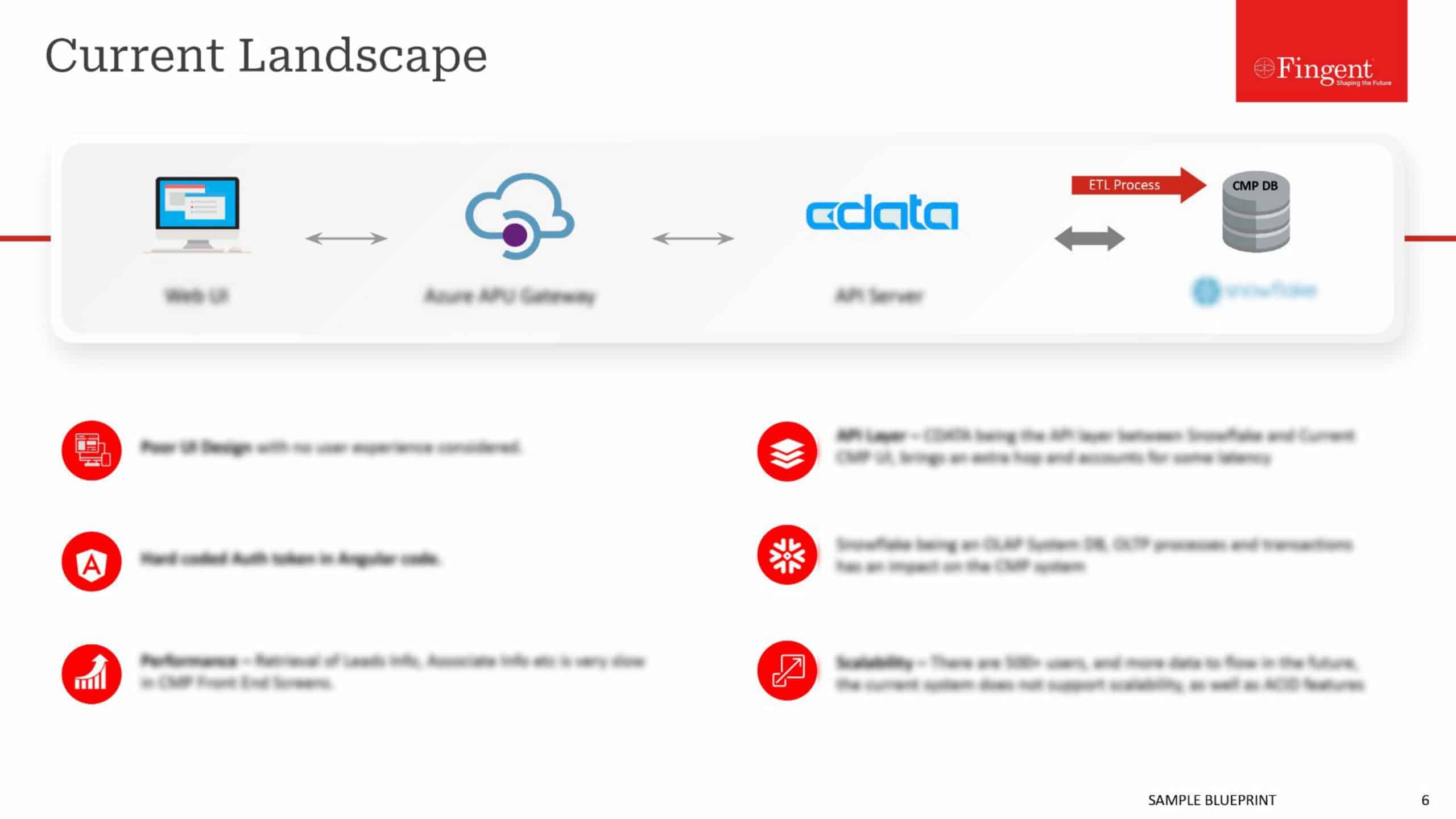
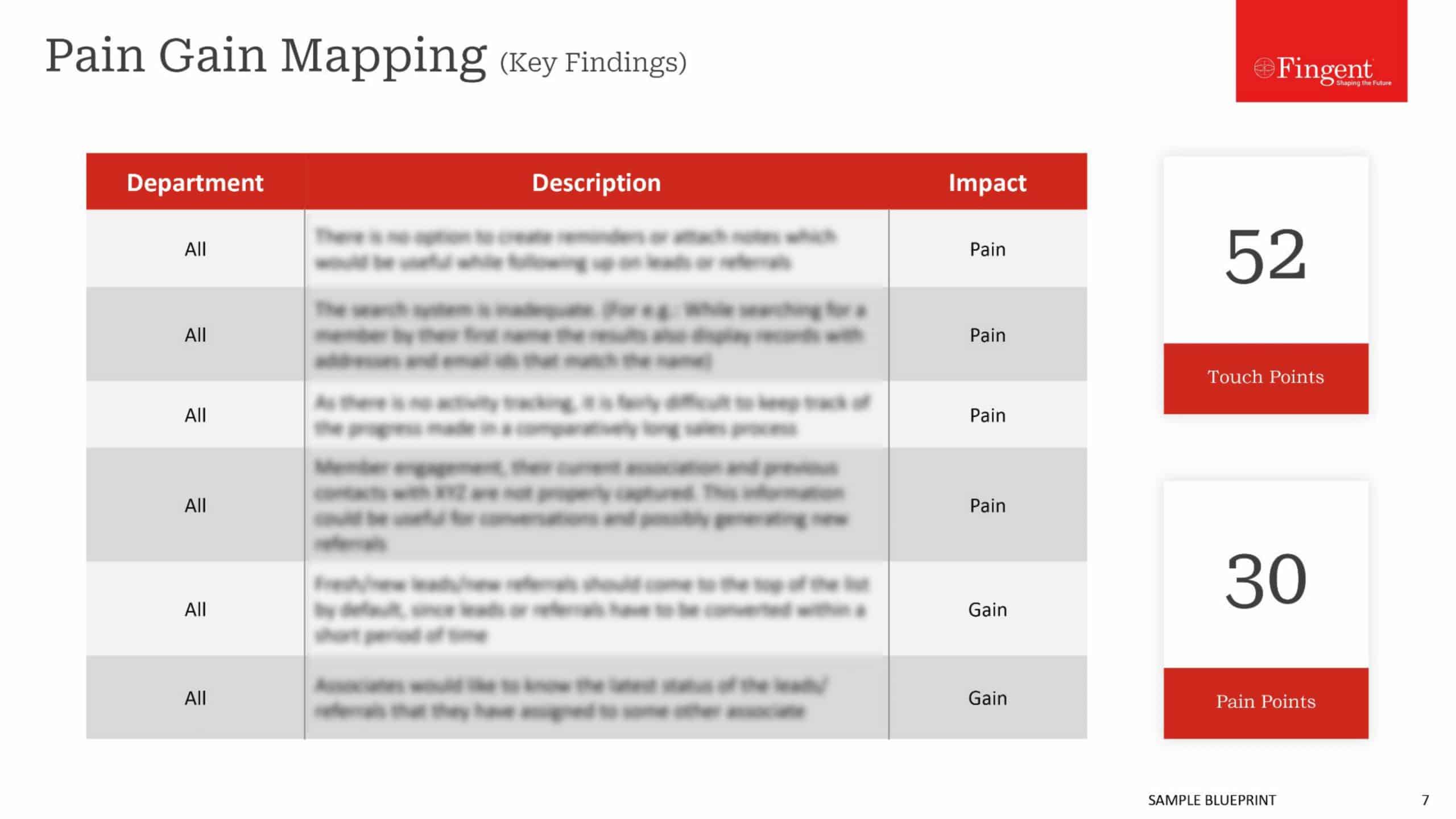
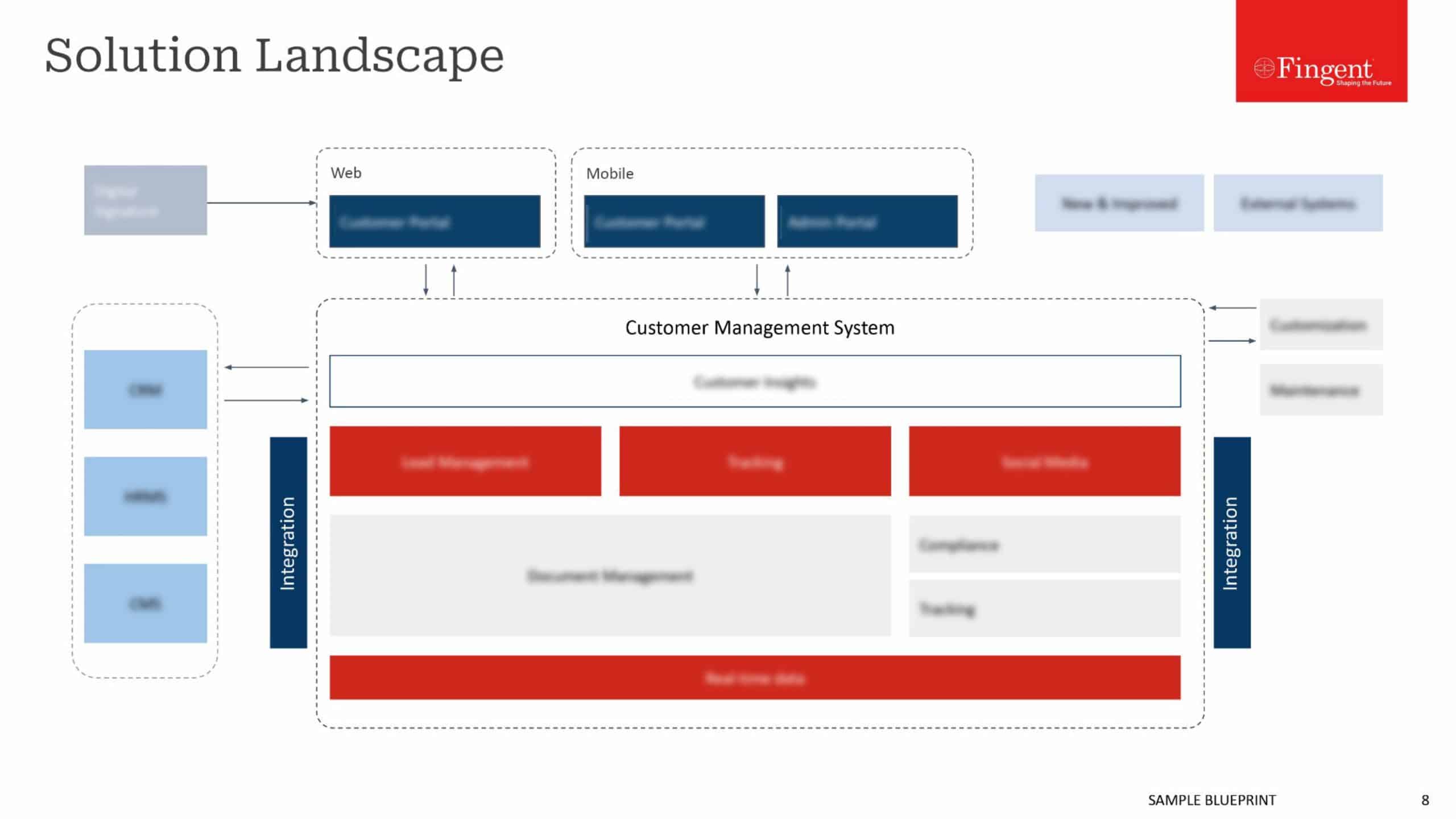
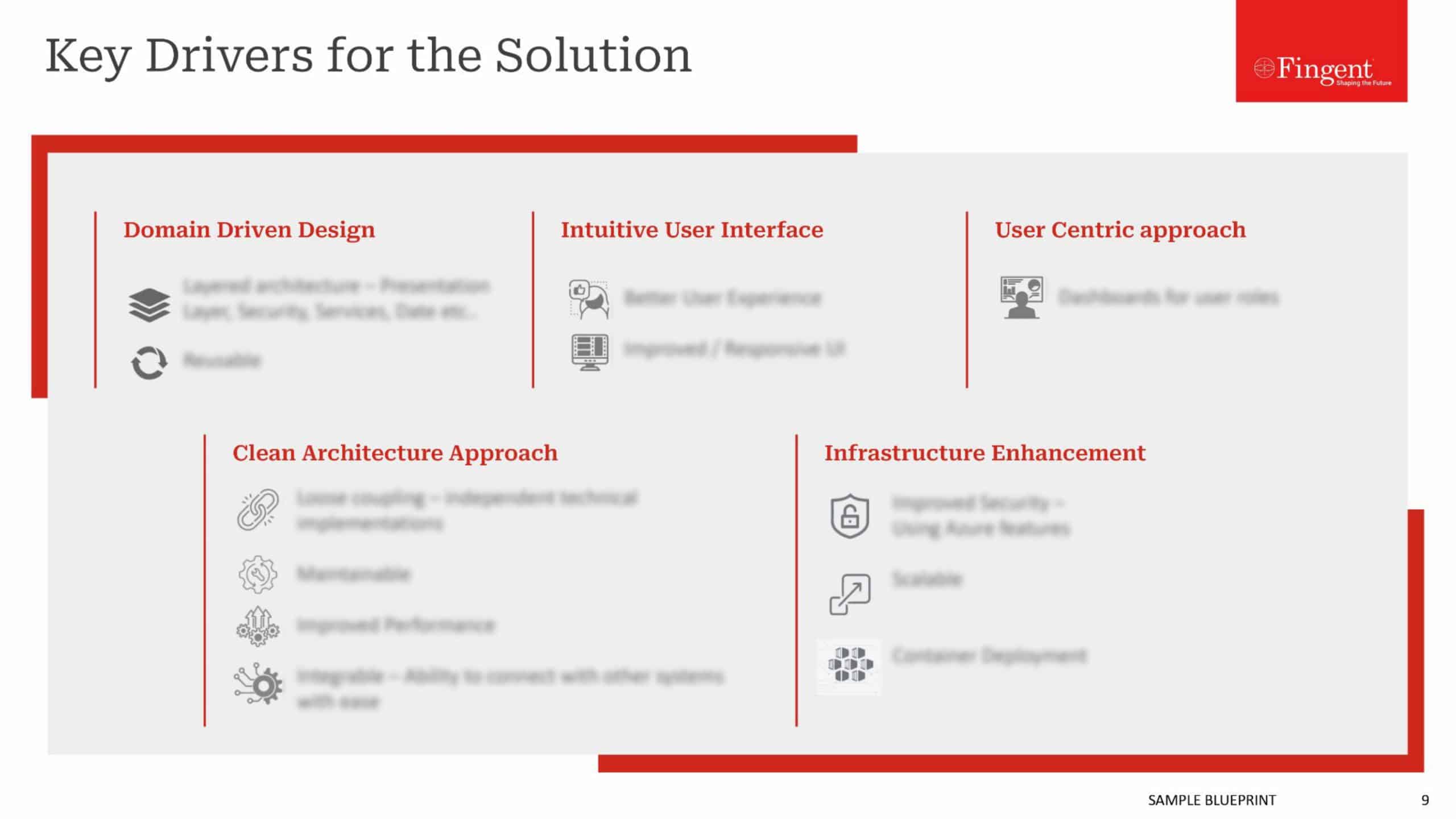
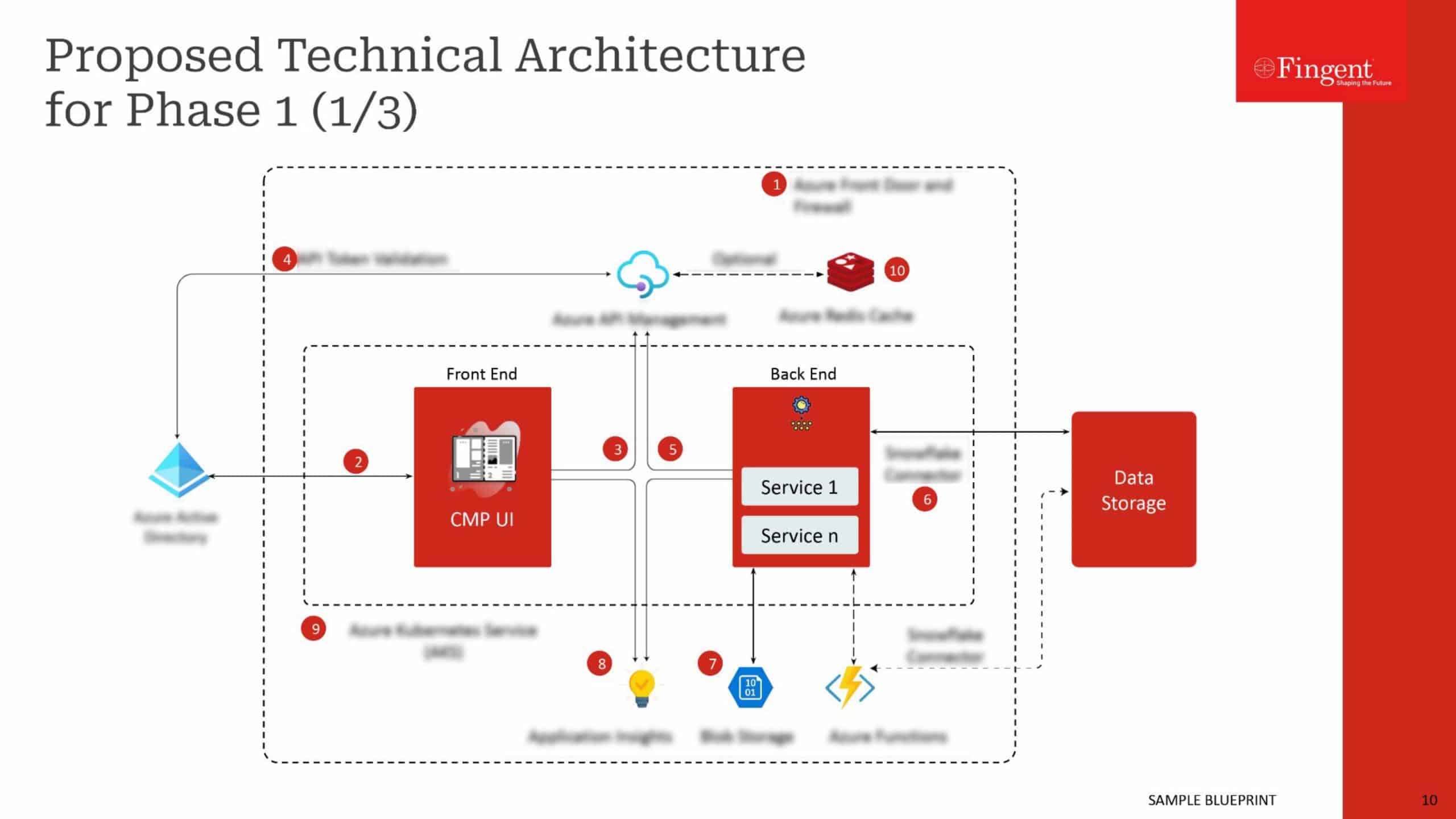
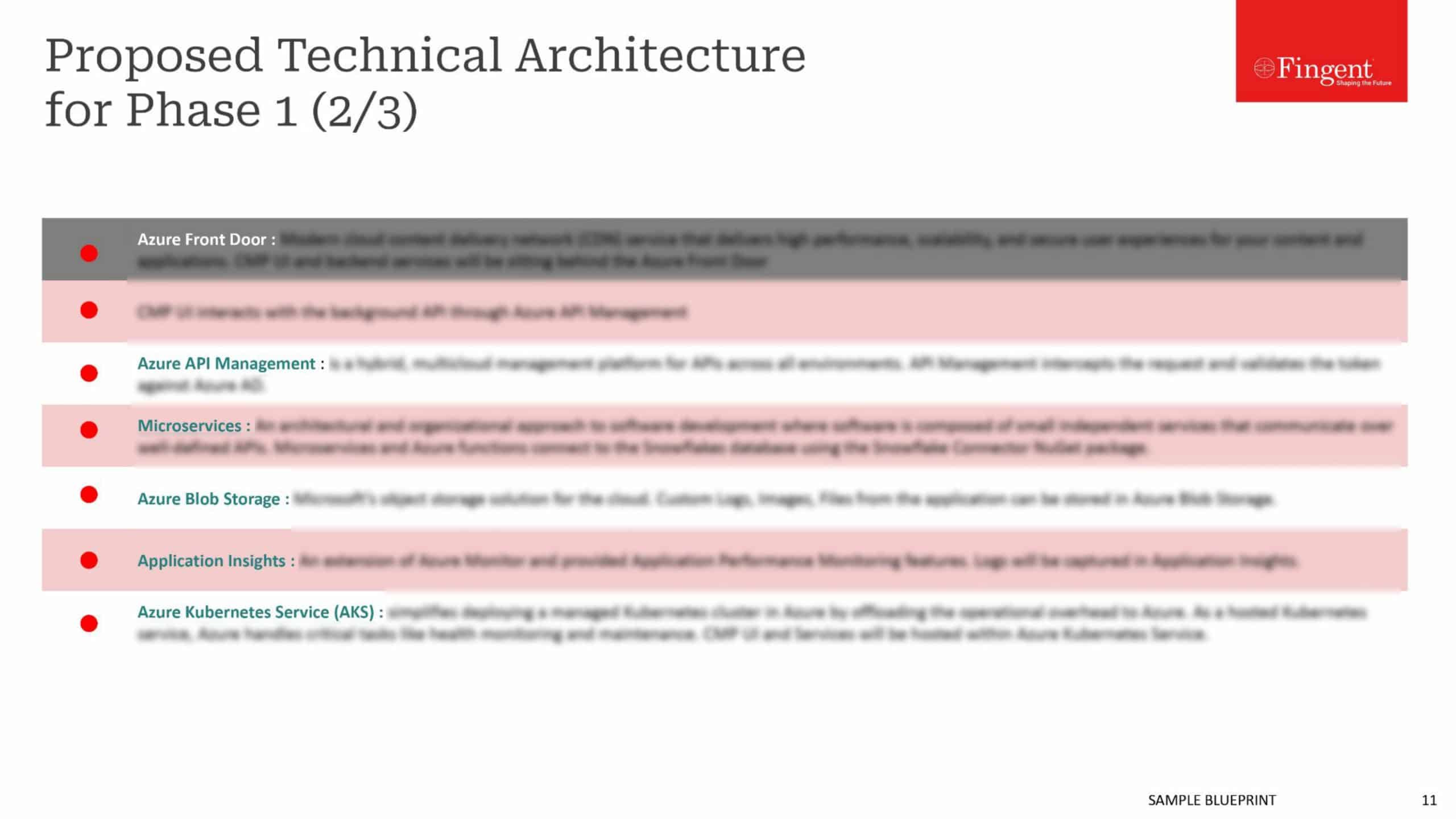
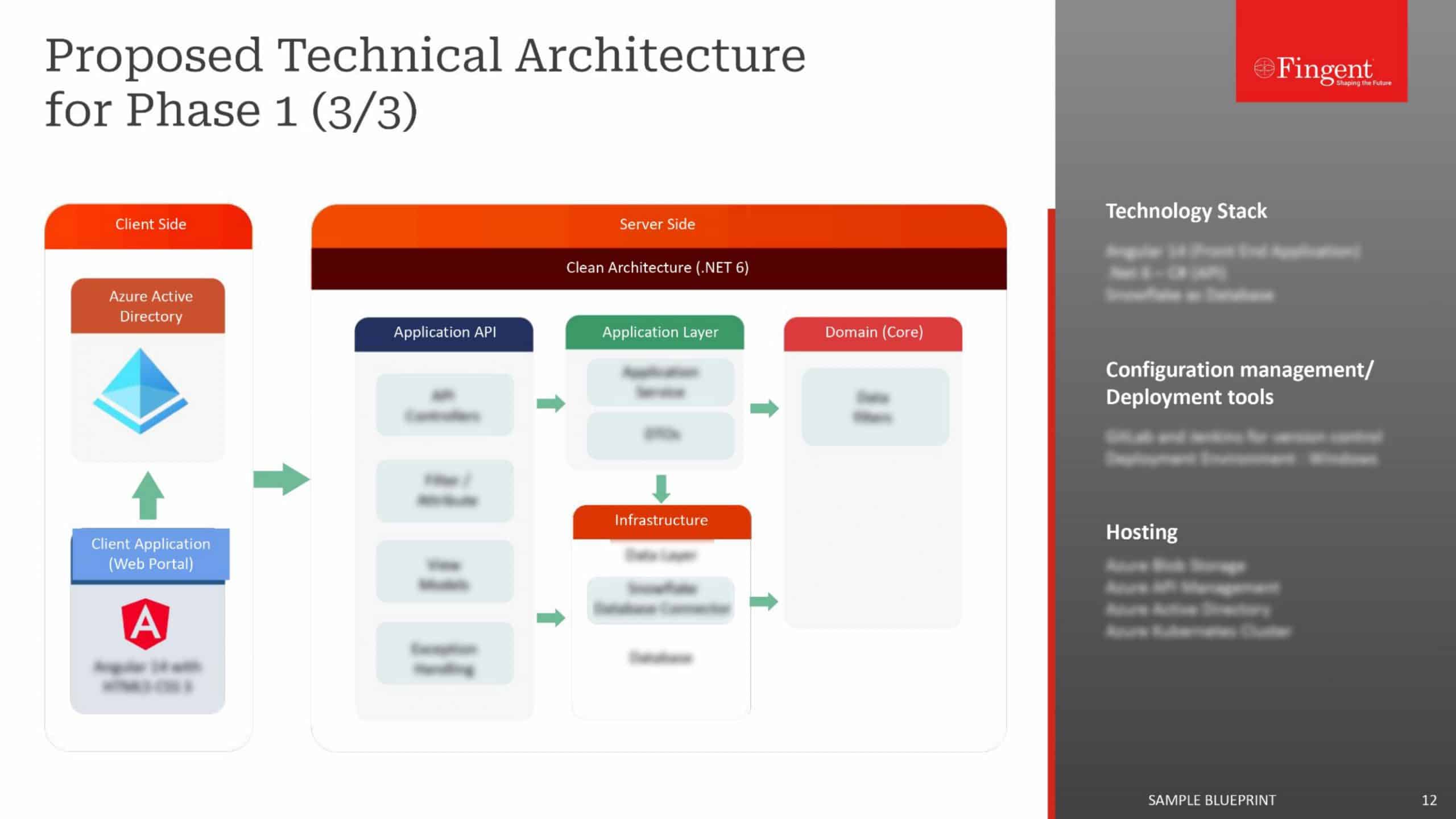
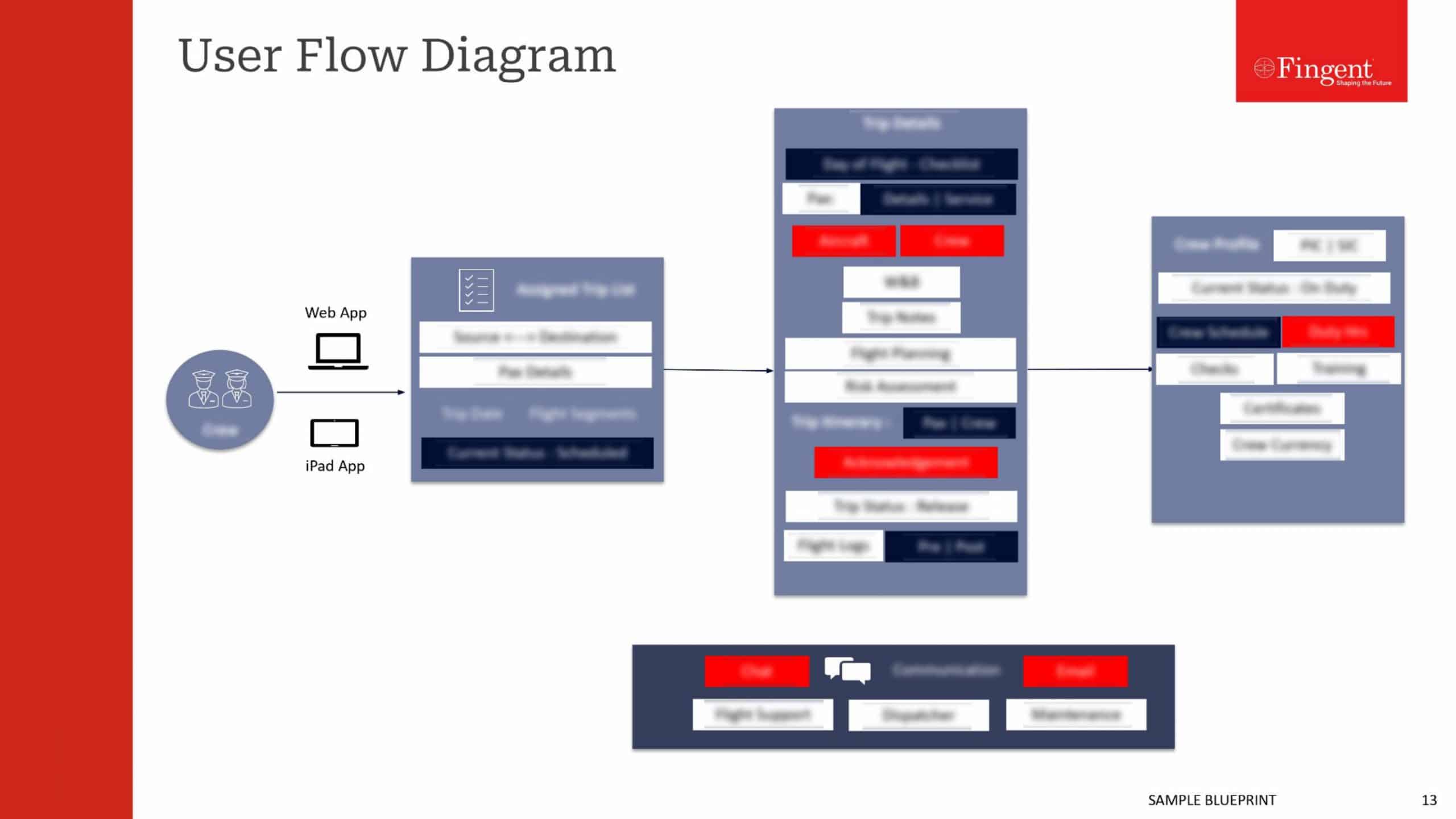
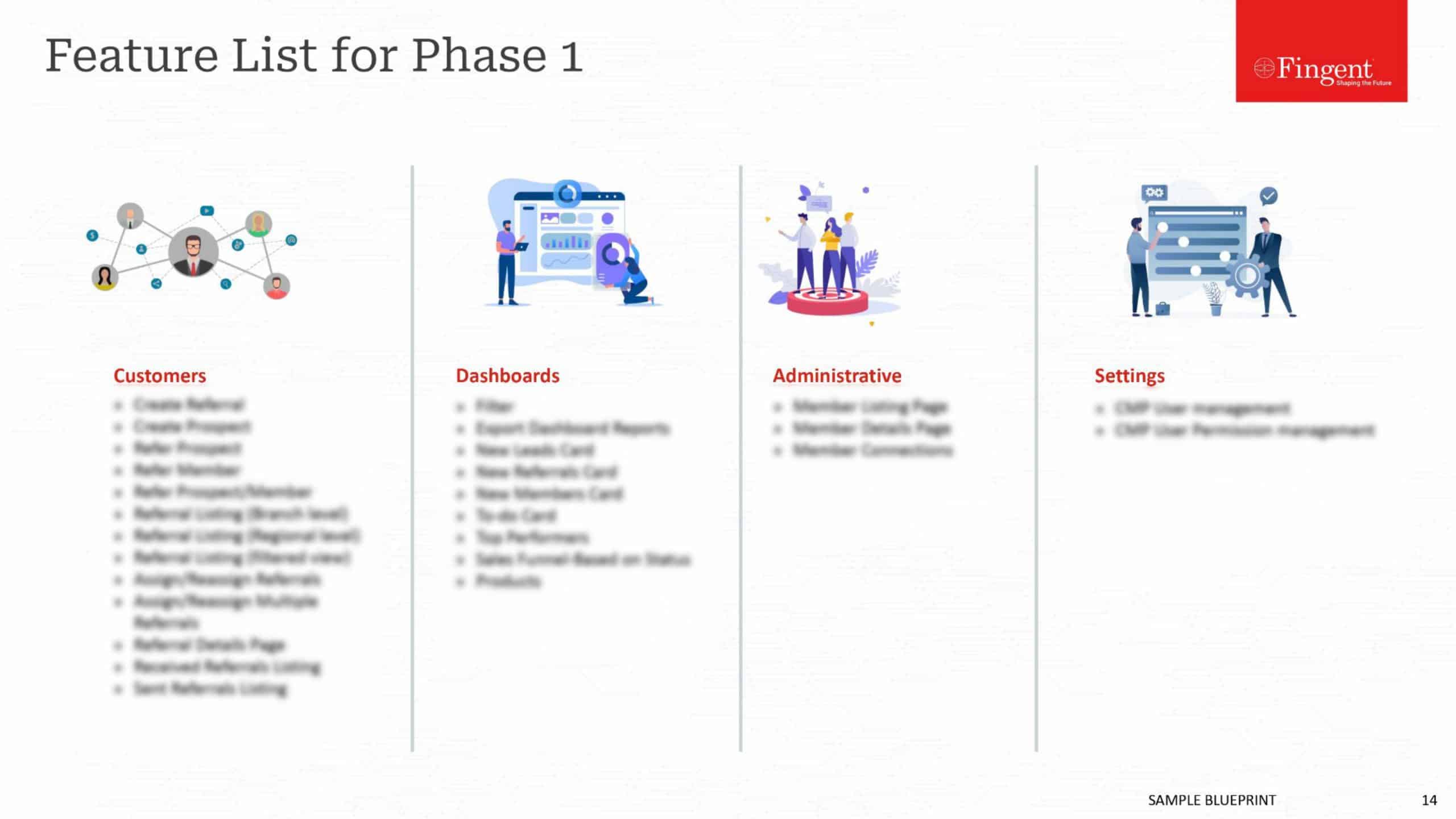

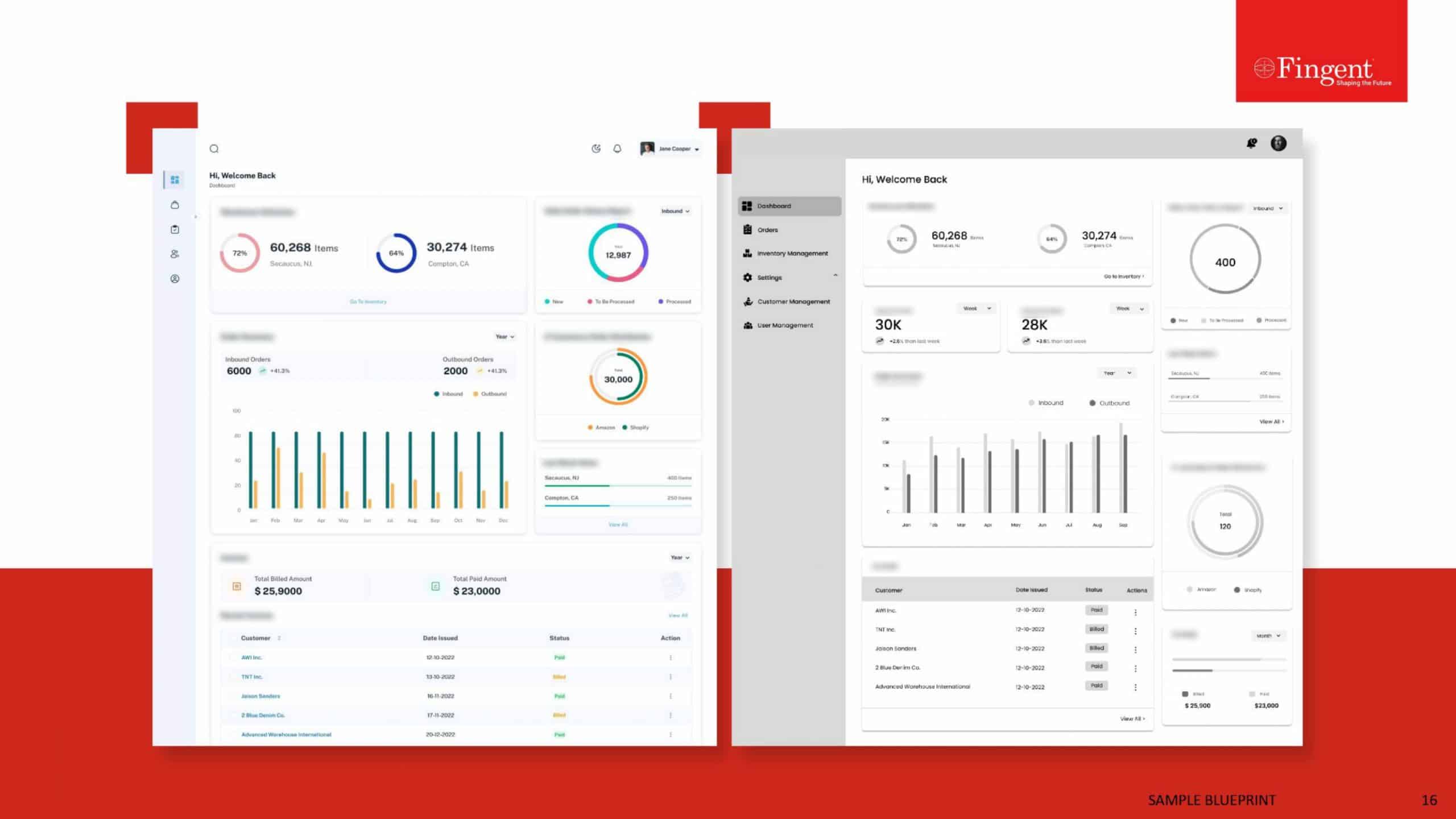
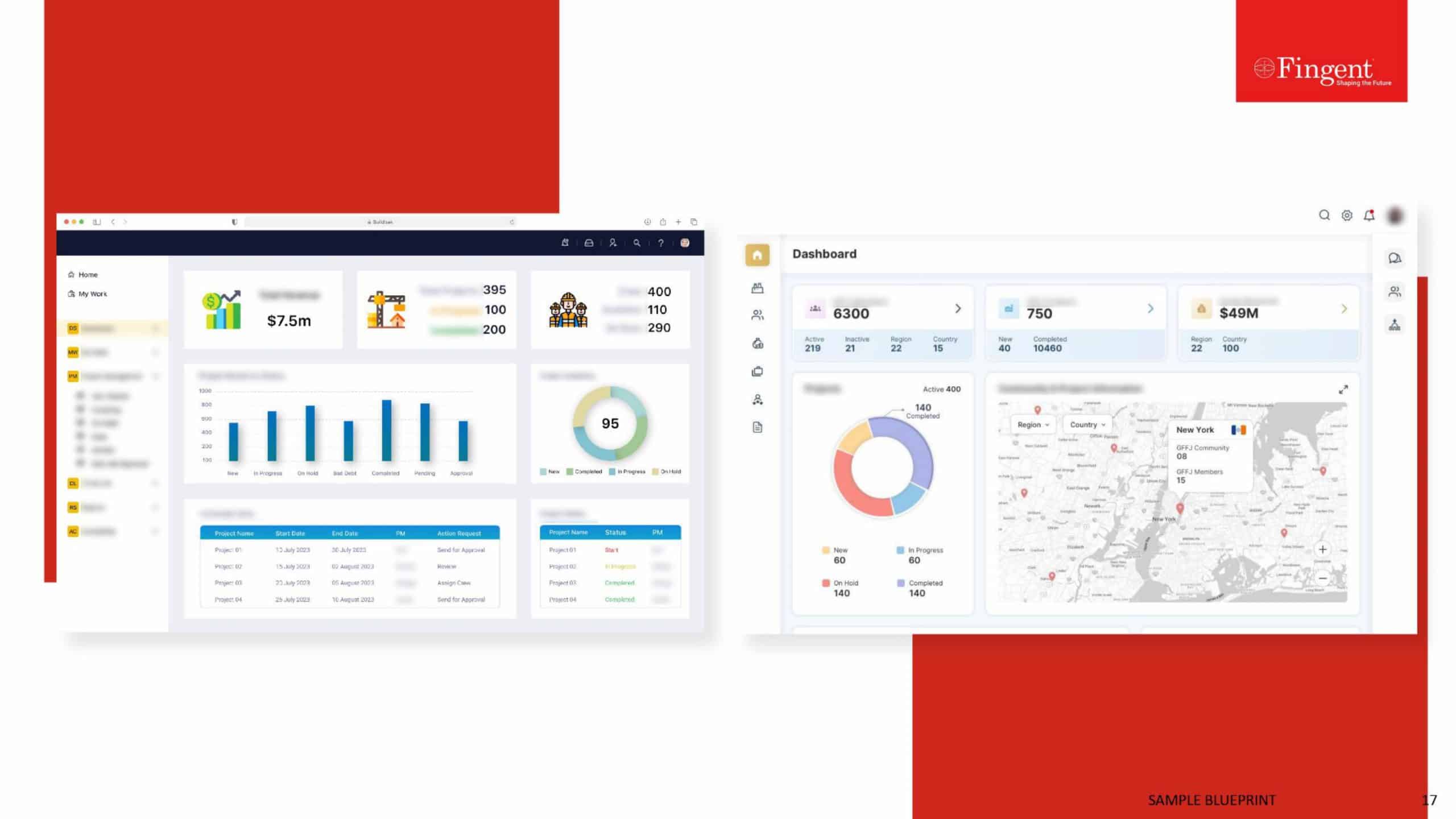
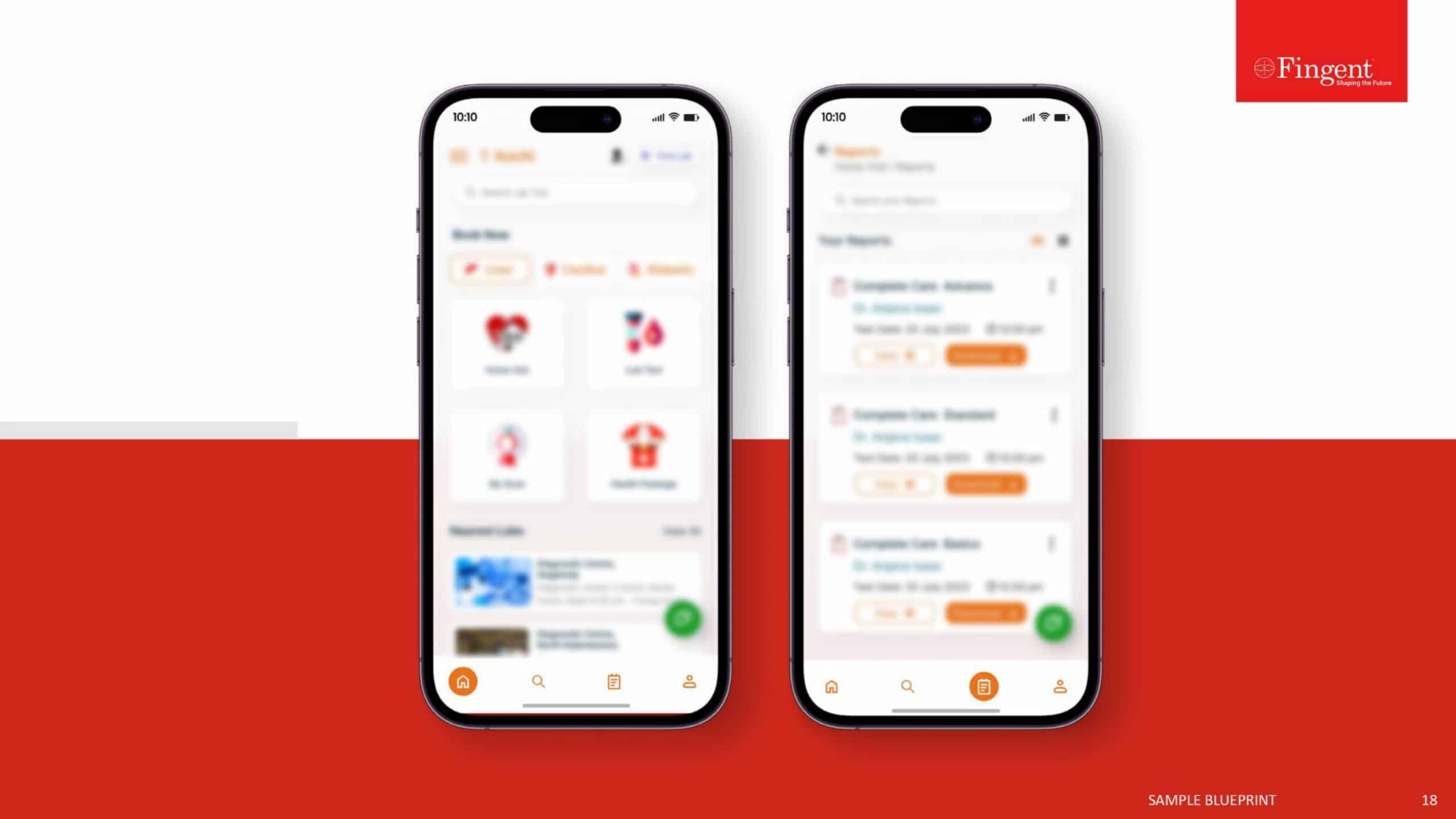
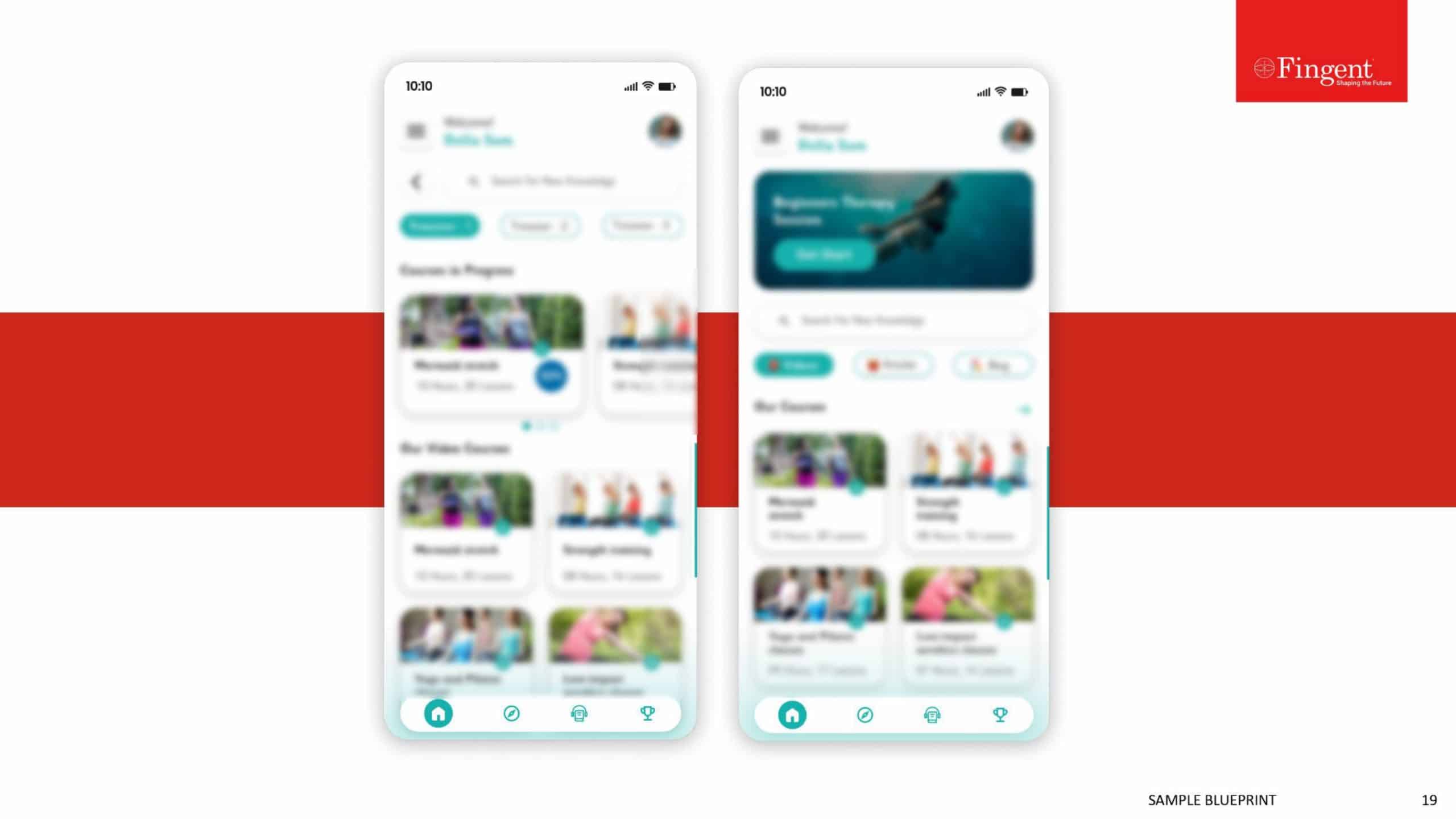
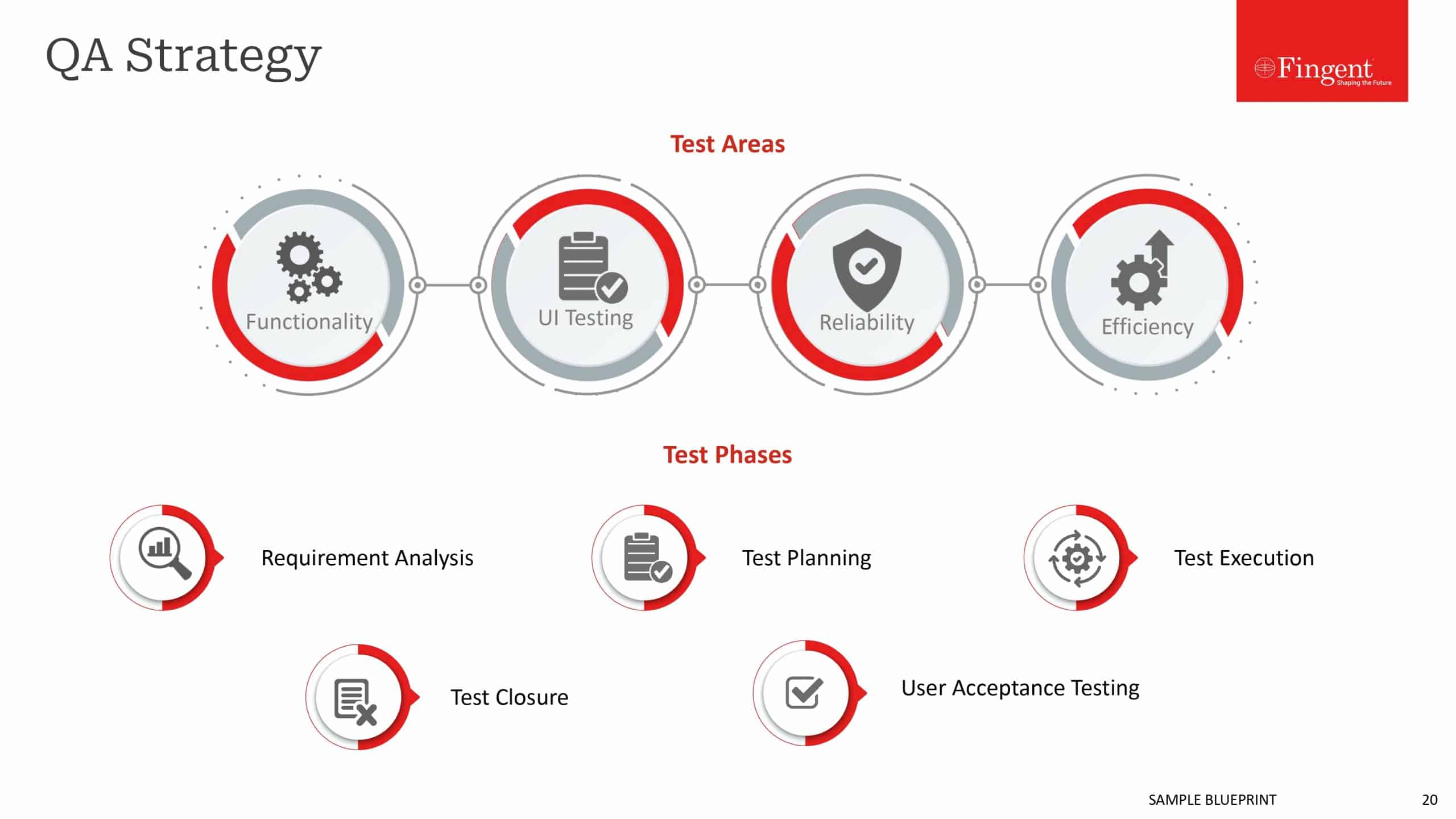
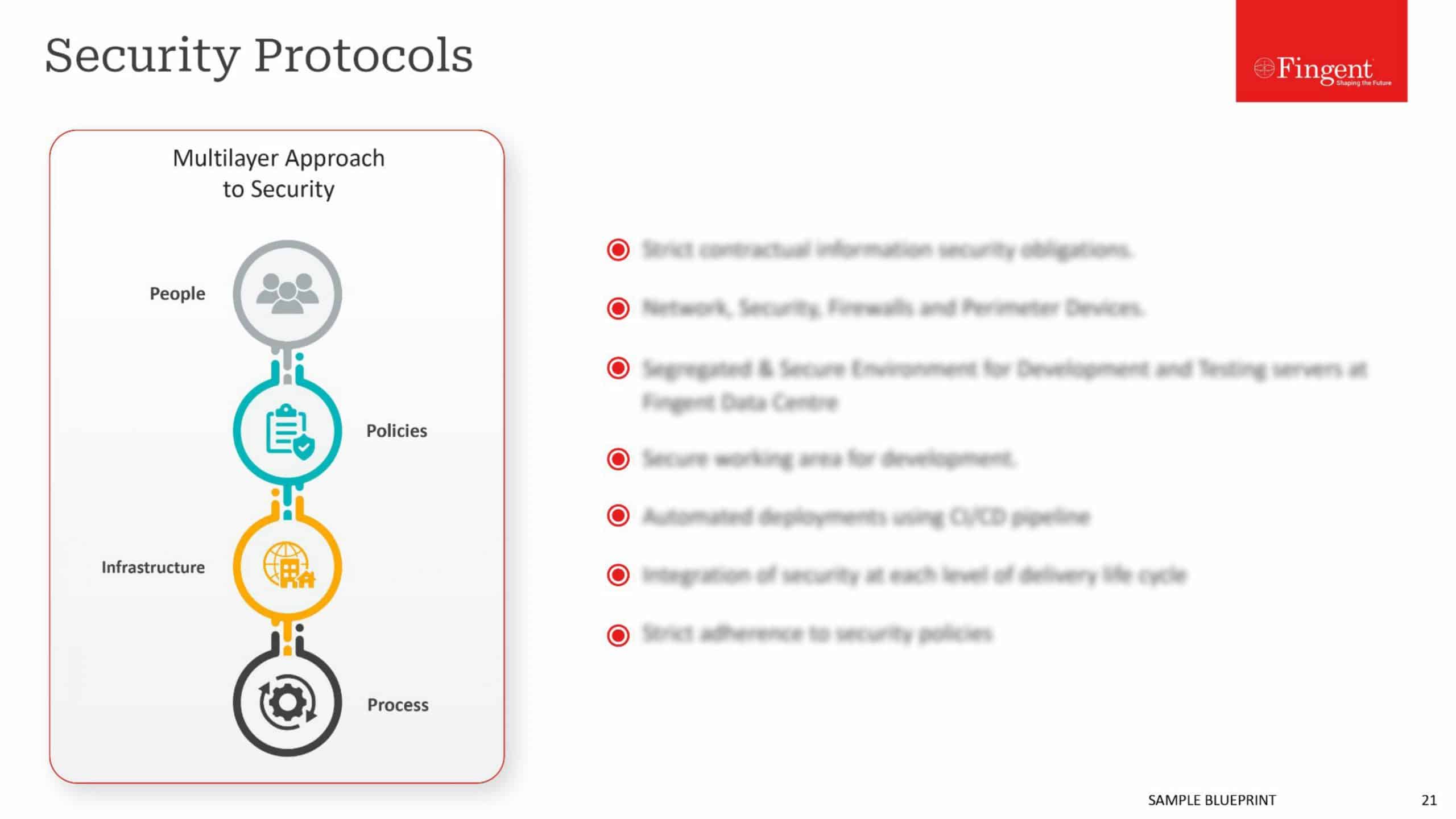
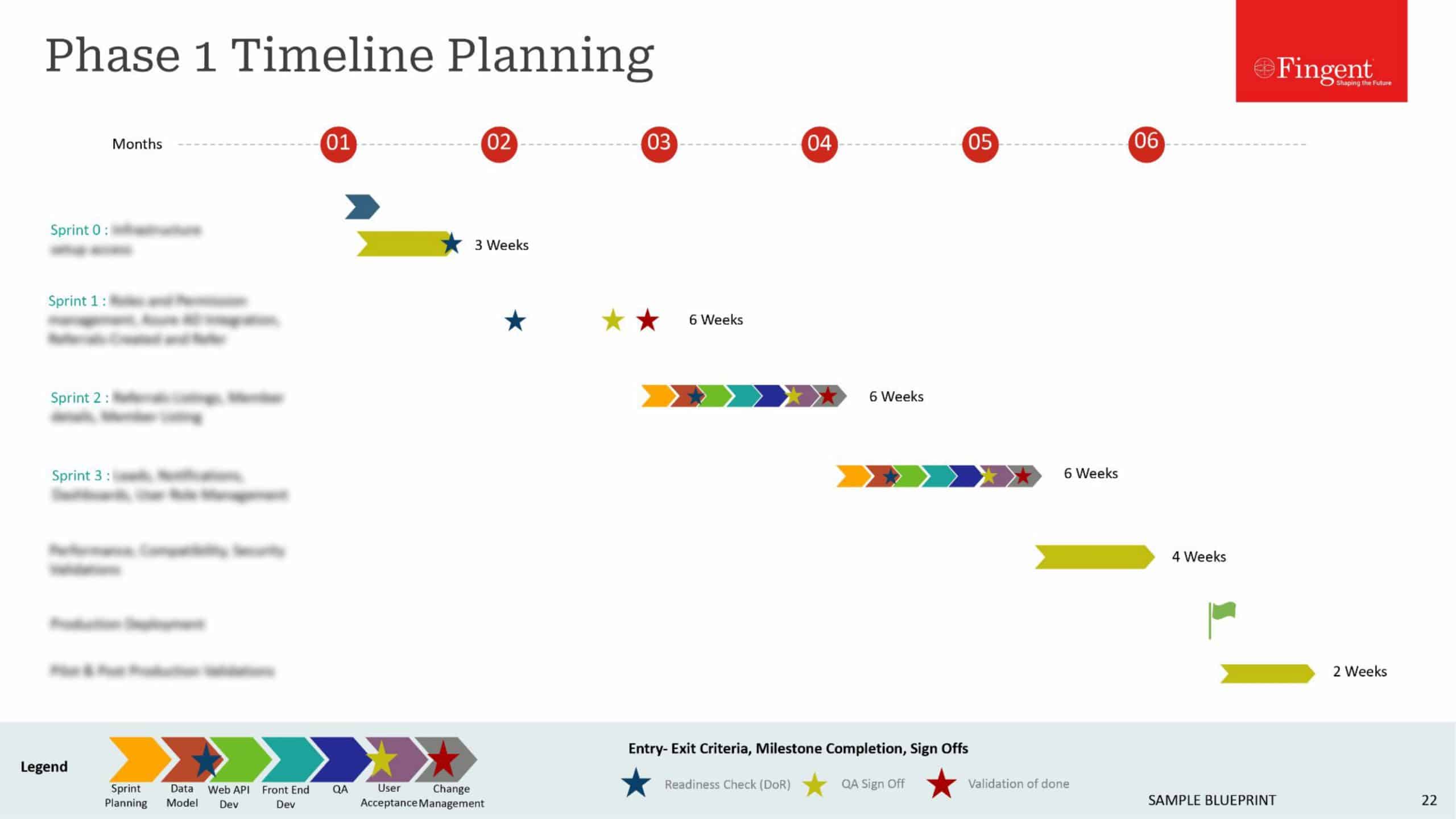

Sample Blueprint

